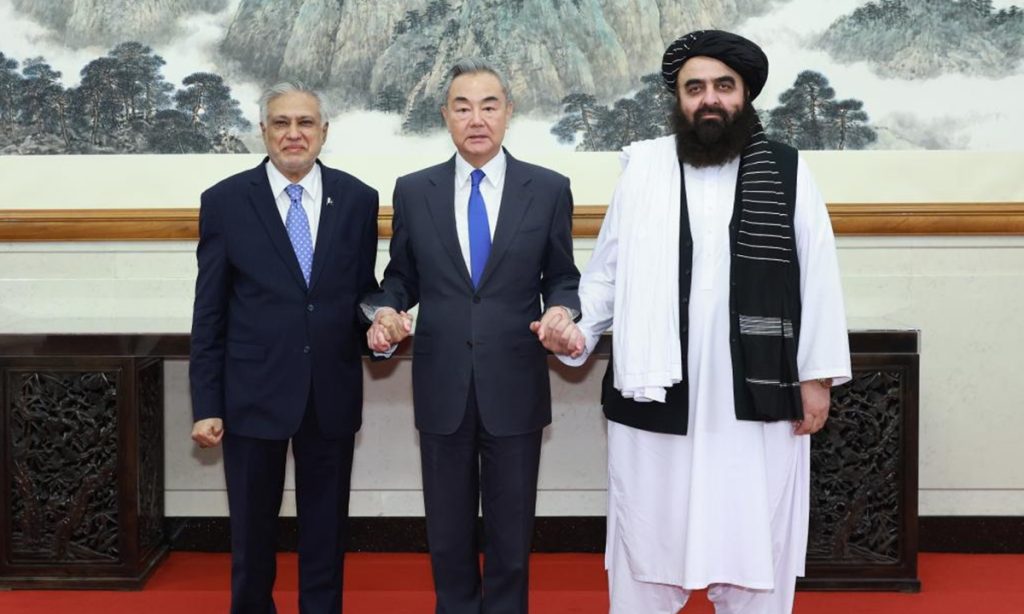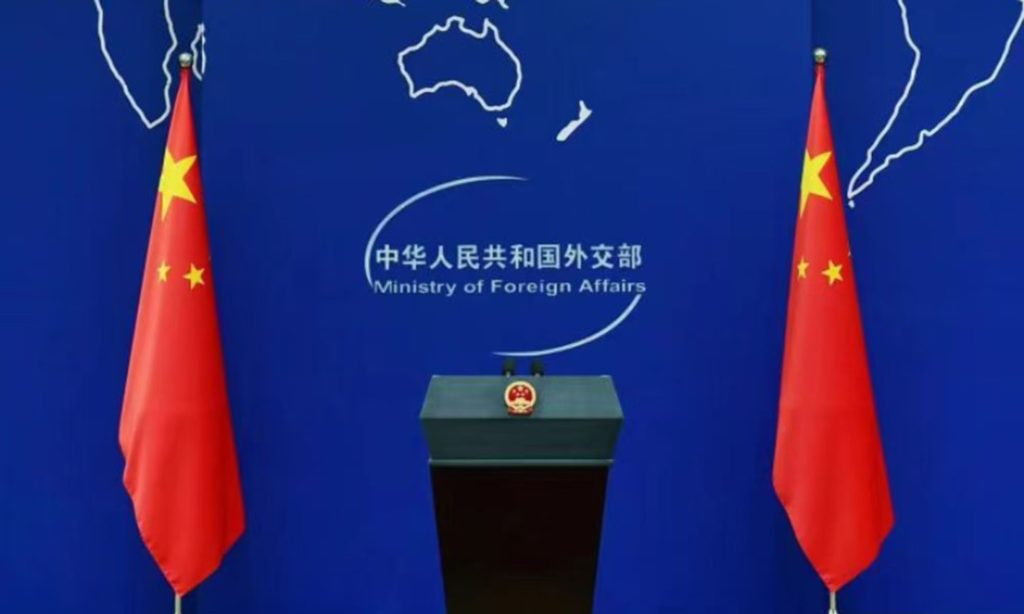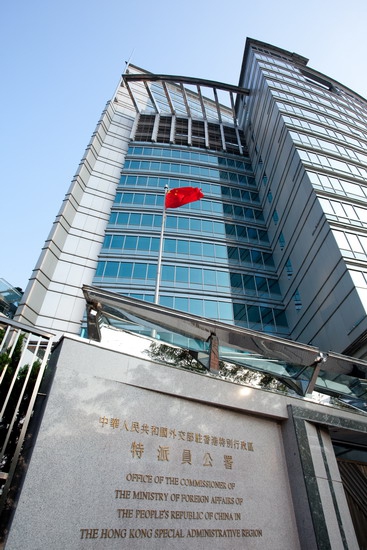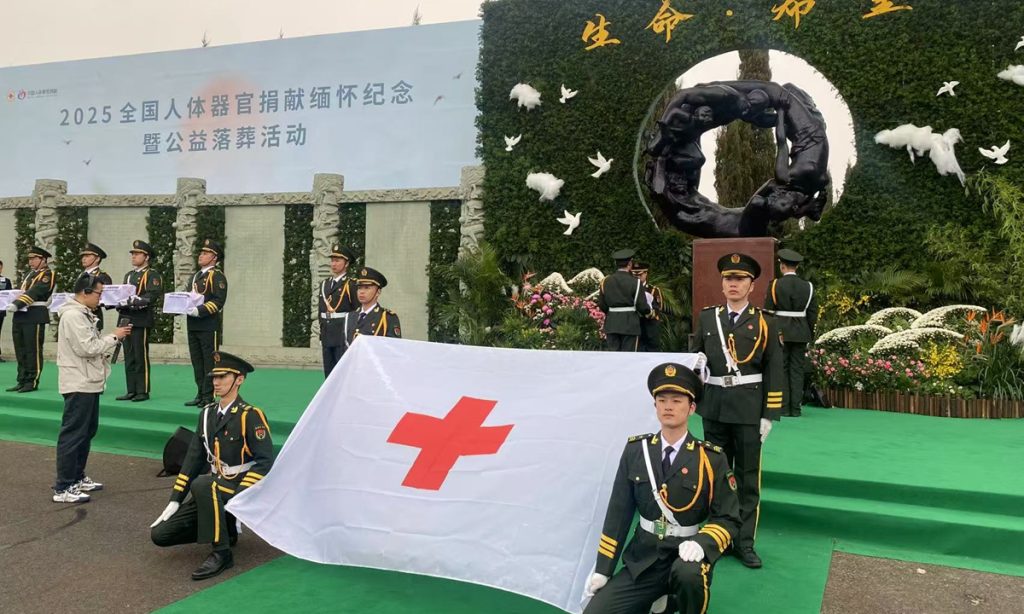Planned US-Japan-Philippines joint drills near Japanese waters to undermine regional peace, 'confrontational attempt futile': expert

The US, Japan and Philippines will hold their first-ever joint maritime exercise near Japanese waters in June, Japanese media outlet Asahi Shimbun reported Tuesday, citing the US Coast Guard Pacific Area Commander, who claimed the need to "counter China's actions" around Okinawa, the Diaoyu Islands and the East and South China seas.
A Chinese analyst said that such coast guard exercises are merely another chapter in Washington's playbook for bloc confrontation, and would only have negligible impact on China's normal and lawful activities in the relevant waters.
Claiming the need to counter the so-called "China's repeated coercive actions" around the Diaoyu Islands, and the East and South China seas, Vice Admiral Andrew J. Tiongson, US Coast Guard Pacific Area Commander, told the Asahi Shimbun that, "We aim to establish a unified coast guard front against unlawful activities."
According to the report, the drill will involve the Japan Coast Guard (JCG), the US Coast Guard, and the Philippine Coast Guard off the coast of Kagoshima. "We will deploy our vessels and conduct search-and-rescue training," he explained. Later in the summer, a multinational exercise is planned near Hawaii, involving not only the US and Japan but also South Korea and Canada. The move aims to strengthen multinational coordination among civilian maritime agencies—such as Japan's JCG—to prevent military conflicts, given their "non-military status," Asahi Shimbun reported in another article published on Friday.
Da Zhigang, director of the Institute of Northeast Asian Studies at the Heilongjiang Provincial Academy of Social Sciences, told the Global Times on Tuesday that the trilateral exercises deliberately involve coast guards, rather than naval forces, reflecting a "gray zone" strategy -- to avoid overt military escalation that could provoke China.
"Such rhetoric which emphasized the non-military exercise is merely a diplomatic ploy to downplay the possibility of conflict and distance the activities from overt military posturing…," Da said.
In response to hypes by Asahi Shimbun of China Coast Guard activities in waters near Diaoyu Islands, East and South China seas, the expert pointed out that holding the drills near Japanese waters for the first time could send symbolic messages -- To Japan, it attempts to bolster defense preparedness near the East China Sea; to the Philippines, it could reinforce US-Japan support for Manila in South China Sea disputes.
The trilateral coast guard drills exposed that the US is attempting to expand to "multi-domain containment," using lower-sensitivity cooperation to sustain regional influence, Da said, noting such exclusive and confrontational cooperation would only undermine regional stability.
However, the expert dismissed such attempts to forge exclusive blocs as utterly futile, stressing that these exercises would have negligible impact on China's normal and lawful activities in the relevant waters.






